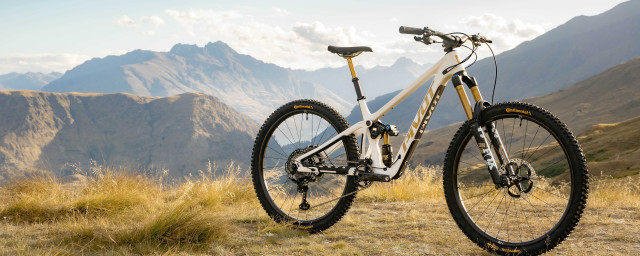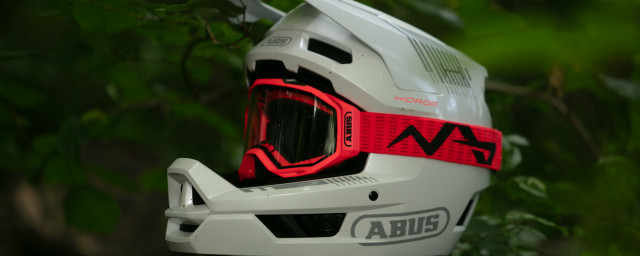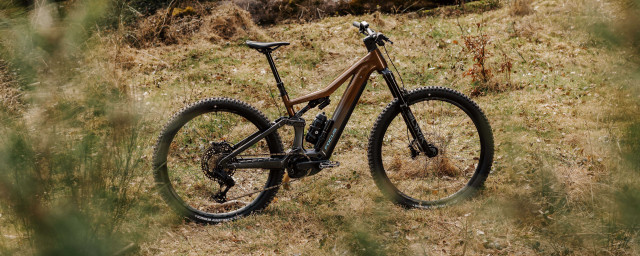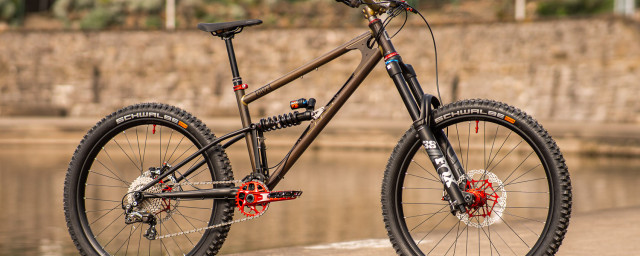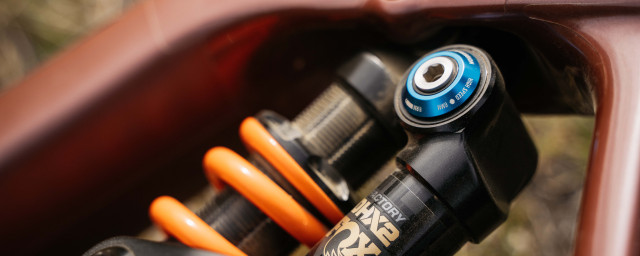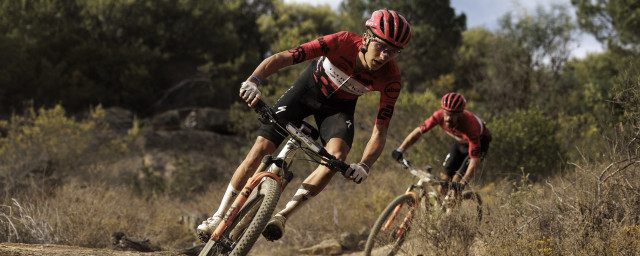Knee pads - everything you need to know
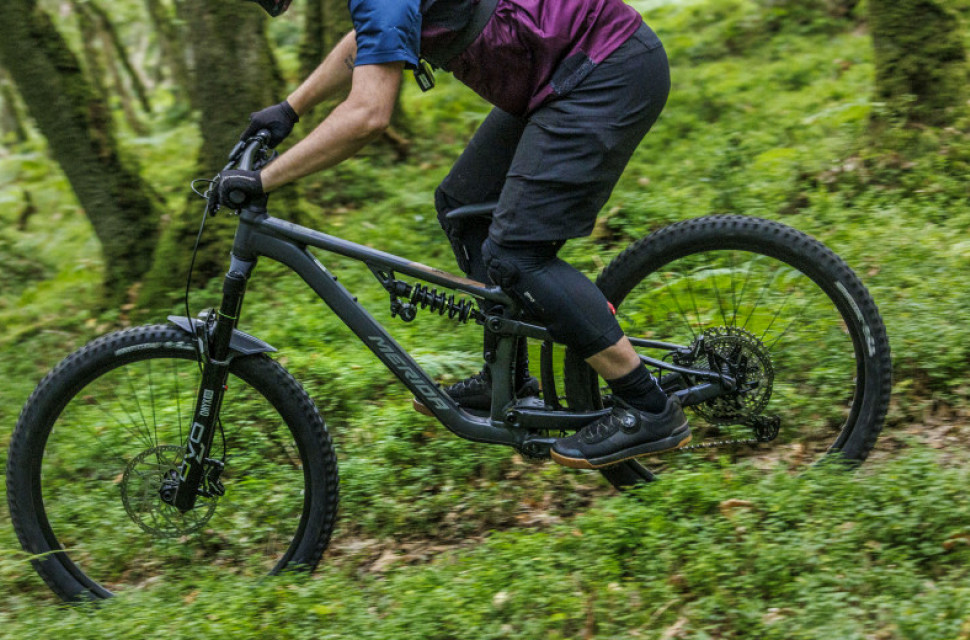
Mountain biking is not getting any slower. Tyres, suspension and frame technology constantly evolve, enabling riders to go faster and confidently attempt more technical trails. The faster you go, or the steeper your descending options become, the greater the risk of injury. That’s why protective gear is crucial, but too many mountain bikers have a peculiar resistance to wearing additional protective gear beyond a helmet and gloves. If you have been considering knee pads but feel hesitant about purchasing them, we’ll explain the options and why they make sense for all mountain bikers.
- Best MTB knee pads 2023 - tried and tested leg protection for demanding trails
- Types of mountain bikes: every MTB category explained
- Best mountain bikes 2023 - top options from cross-country to Enduro
Many mountain bikers incorrectly view contact point padding as being too hardcore. Some feel the best MTB body armour is something for downhill pros and daring free riders, yet not applicable to cross-country or trail riders. But that’s a false economy because knee pads have enormous value regarding injury prevention, rider safety and trail confidence for all mountain bikers.
Hard-shell knee pads
The market for knee pads reflects rider demand, and for a long time, the only mountain bikers who wore knee pads were downhill racers and free riders. These two mountain biking disciplines don’t require much pedalling but have the highest crash impact risk, necessitating the best possible protection.
Hard-shell knee pads are designed and constructed with a hardened polymer insert, often shaped in a shallow cup, to protect the knee against direct rock impacts. These knee pads are usually heavier and constrain pedalling.
For hardcore downhill and free-ride mountain bikers who use shuttle vehicles, chair lifts, or gondolas, the sacrifice in pedalling dynamics is worth the enhanced impact protection a hard shell knee pad provides.
Soft-shell knee pads
The market for soft-shell knee pads is much newer and broader than legacy hard-shell knee pads. With the advent of enduro bikes and better trail bikes during the last decade, more mountain bikers require a knee pad that offers reasonable impact protection but can also be pedalled uphill.
Soft-shell knee pads are lighter and forego the hardened inset of a hard-shell pad, providing reasonable impact protection. These knee pads won’t prevent a deep tissue or bone injury if you suffer a direct rock strike with the knee, but they will mitigate moderate impacts and prevent lacerations and severe skin damage.
For enduro and trail riders who want the security of impact mitigation and laceration protection, especially for those corner crashes where knee scrub can become a horrible skin injury, soft shell knee pads are ideal.
Designed with better pedalling biomechanics, the latest generation of soft shell knee pads are comfortable enough to be ridden in a secure position for hours. Superior strap liners, fastening technology and fabric breathability mean you won’t suffer agonizing friction rub behind the knee, where the straps secure, or annoying hot sports on the knee cap during a warm summer’s day.
Soft-shell knee pads might lack ultimate downhill racing safety certification, but a new generation of flexible impact technologies has created a hybrid knee pad market for daring riders who need to pedal.
Impact protection specialists like D3O have engineered energy-absorbing materials which can shape and flex, allowing better freedom of movement and airflow, with far superior impact absorption than conventional soft shell knee pads of a decade ago. These soft shell knee pads with advanced energy absorption inserts are the best choice for enduro riders.
Minimalist knee pads
Within the market for soft shell knee pads, there are very light versions, with minimal protection. These knee pads offer the least movement drag and lack adjusting straps. They are designed to be slip-on knee pads, with the fabric tension keeping them in place.
Although the protection properties of these slip-on knee pads are very low, they’re still better than nothing, especially for cross-country riders who might occasionally join that mildly technical trail ride.
There’s also an argument for slip-on knee pads as a dual-purpose winter riding feature, providing warmth and protection.
Why all knee pads matter
The choice of knee pads correlates to your riding requirements. Downhill mountain bikers don’t need to pedal and can select the highest level of protection, regardless of weight or pedalling constriction.
For enduro and trail riders, the choice of knee pad must impede pedalling dynamics as little as possible. Whatever the application, knee pads offer the same safety principle for all mountain bikers: enhanced protection for a very likely crash impact contact point.
Although most trail riders might consider knee pads superfluous, they’re not. Even a lightweight knee pad offers protection against skin abrasion if you crash on a smooth singletrack trail. And if you calculate the risk of tissue infection due to soil contaminants, riding with knee pads on fast, flowing trails is a no-brainer.
It’s not just about injury prevention
Knee pads are an injury prevention and mitigation part of your mountain biking kit. But they also serve an essential function regarding rider confidence.
Pro riders and coaches know that confidence unlocks performance and progression in mountain biking. The more confident you are in your tyres, suspension settings and frame geometry, the more likely you will attempt that technical trail feature. Rolling into a rock garden, drop-off, or jump with confidence instead of apprehension is often the difference between clearing it or crashing.
Knee pads boost rider confidence and reduce apprehension. By removing the anxiety of knee injury during a crash, riders can attune all their senses and focus on correct body position, brake modulation, handlebar pressure, and pedal position. The result is a smoother, more confident,
Don’t let the stereotype or assumed image association of knee pads prevent you from using them. The era of knee pads only being for ‘hardcore’ mountain bikers is over. There are now knee pads for all riders, and riding in them keeps you safer and could assist in progressing your riding to the next level, regarding conquering that trail feature you’ve always wanted to conquer.









